This is the one phone accessory I can’t live without — and it’s only $10
The PopSocket is an essential part of my day to day phone-using life
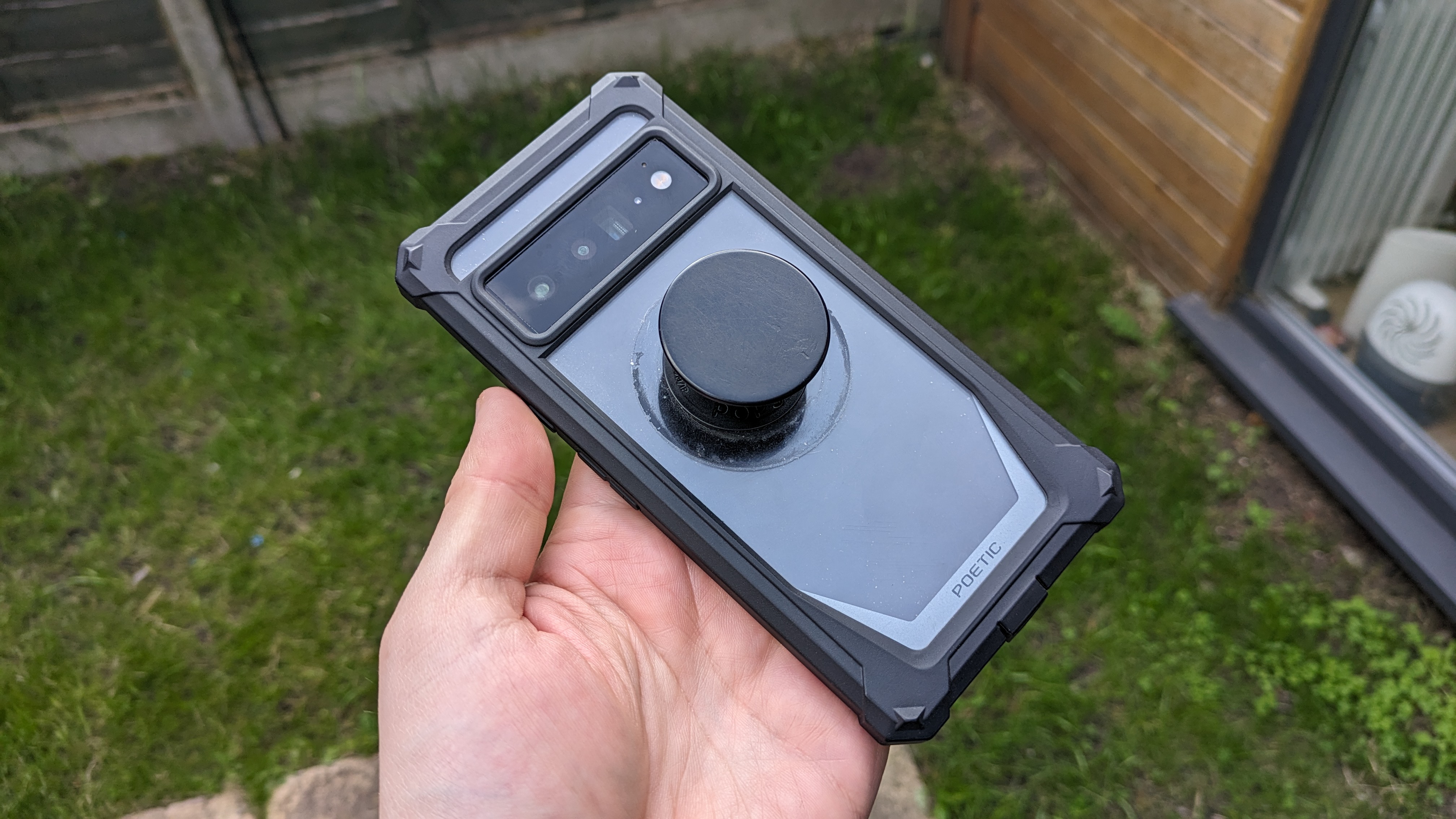
When it comes to technology, I’m usually pretty brand agnostic. That’s especially true of smartphones, where I will happily jump from one phone maker to another if there’s something on offer that I particularly want or need. But no matter which phone I’m using there’s always one accessory that I can’t live without: a PopSocket.
Ok, sure, I always buy a case and screen protector too. But keeping a $900 phone safe from damage is just common sense. A PopSocket isn’t exactly something most people would call an essential purchase, but it has proven to be a helpful and versatile tool — and I wouldn't choose to live without one.
PopSockets are simple, cheap and super convenient
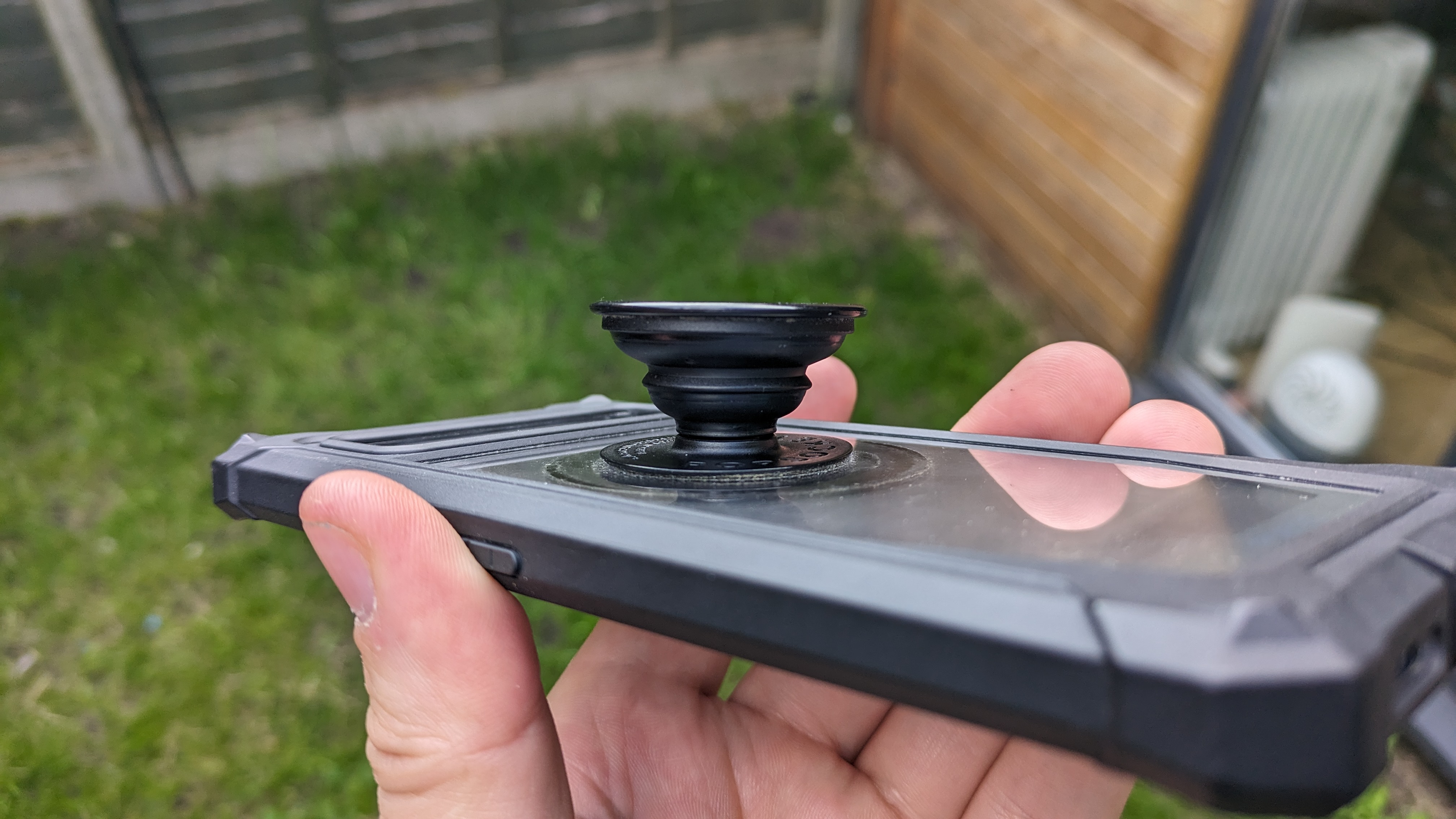
For those that don’t know, a PopSocket is a round grip that sticks to the back of your phone. The idea is that it stays flat and compact when not in use, only “popping” out when you’re actively using your phone. Slip it between your fingers and it means you don’t necessarily need to hold onto your phone with such an iron grip.
PopSockets also function as simple stands for your phone, and the company makes a whole range of Pop-infused products like phone cases and wallets, mounts, and even a sleeve for reusable coffee cups. I haven’t used any of those things. Mainly because they’re only available for a handful of phones, but also because my basic $10 plain black PopSocket has been doing a stand-up job all by itself.
I mean that quite literally, since I have a habit of using the PopSocket as a phone stand. The round grip also means I can prop it up against vertical surfaces at a more comfortable reading angle, while a pop-compatible mount lets me swap between vertical and horizontal orientation quickly, and with little-to-no resistance.
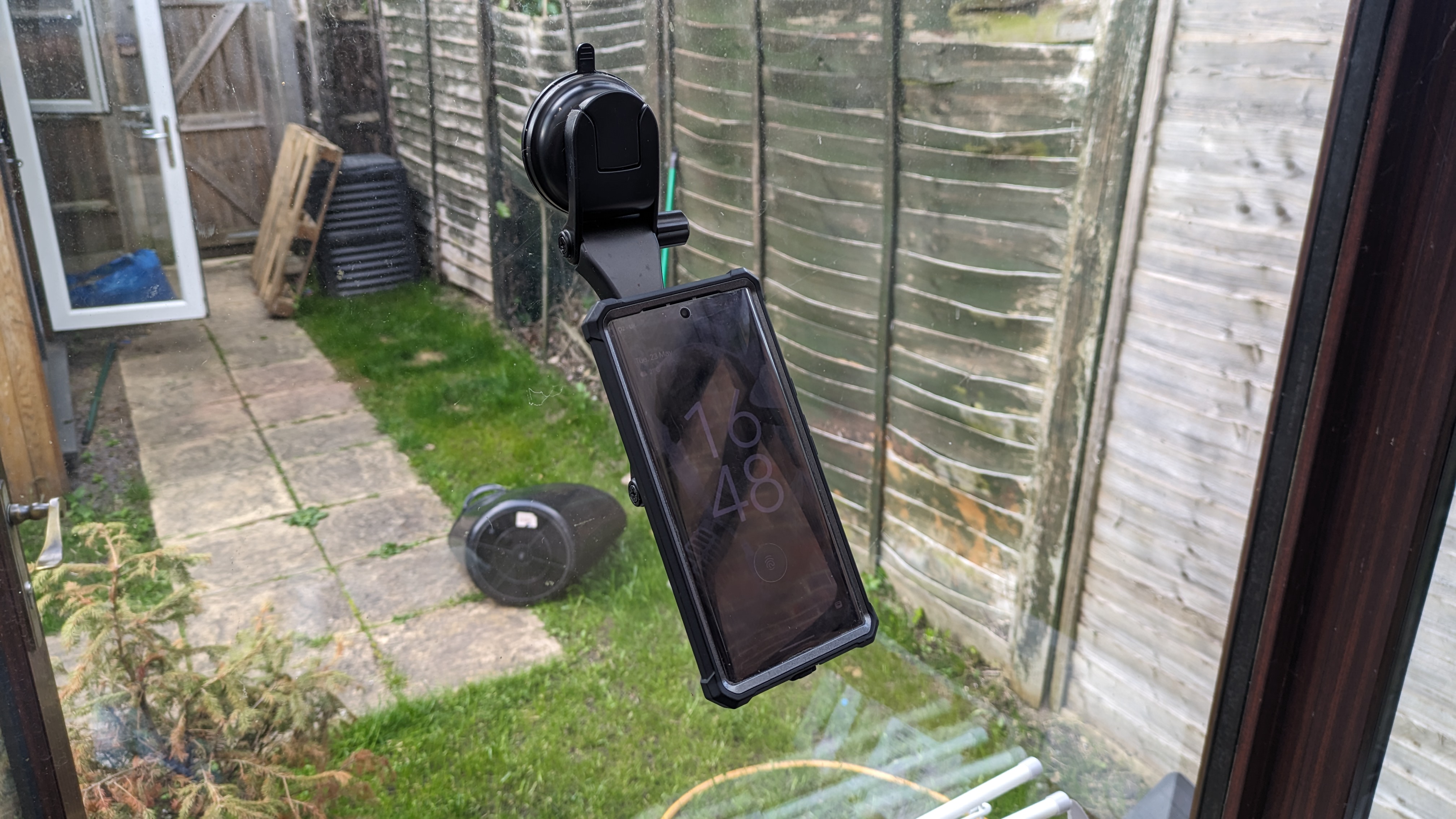
But as convenient as all those things can be, the real reason I like the PopSocket so much is the fact it makes my phone a heck of a lot more comfortable to use. That’s especially true on a large screen phone such as the Samsung Galaxy S23 Ultra.
I like having all the benefits of a large screen at my disposal, but I couldn’t imagine myself using one without the aid of a PopSocket. That simple little pop-out circle slips between my first two fingers and suddenly my phone can rest easy in my hand while still remaining secure. I still drop my phone from time to time, but the PopSocket grip means I have been able to keep a firm, yet comfortable hold of my phone while in use.
Sign up to get the BEST of Tom's Guide direct to your inbox.
Get instant access to breaking news, the hottest reviews, great deals and helpful tips.
Most importantly, though, is the fact that the grip is resting between my fingers, rather than forced into the palm of my hand; that means that I can actually reach all four corners of the phone with my thumb. Big as my hands are, I’m still unable to do that normally — not without a very precarious grip that’s about as secure as a safe made from tin foil.
That may not work for everyone, perhaps you have smaller hands than me. But it does make life with a big phone a heck of a lot easier, particularly since you can always flick the Pop grip down a level, and between a lower pair of fingers for better access to the top of the screen.
There are still some drawbacks to using a PopSocket
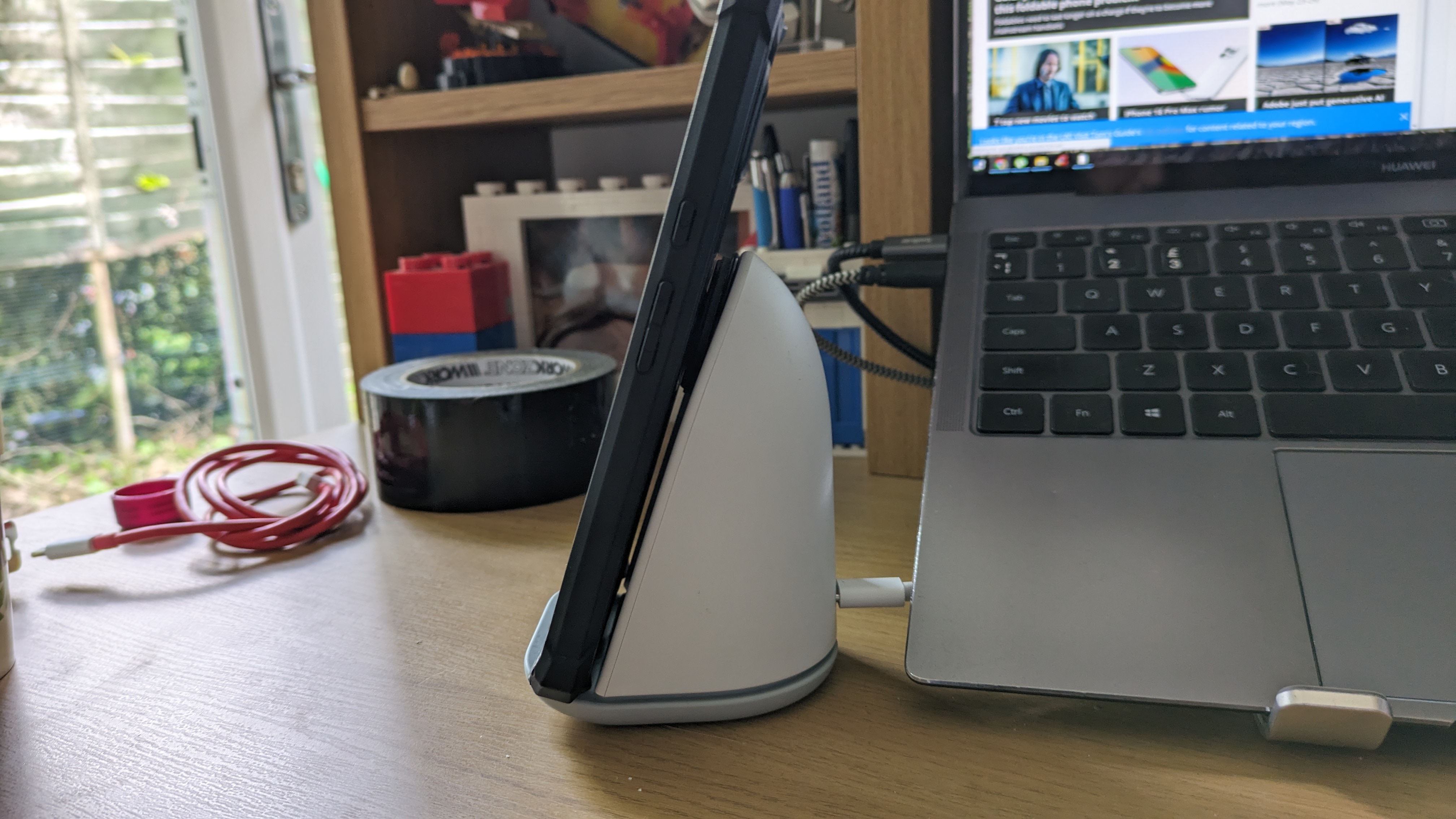
As beneficial as I've found the PopSocket over the years, there are some pretty key downsides to having one on the back of your phone. The main one being that it’s in the perfect position to prevent wireless charging.
Wireless charging is something I’ve only really embraced over the past several months. So for most of my Pop-wielding life that wasn’t an issue. Now that I have a solid wireless charger actually worth a damn, the presence of the PopSocket proves to be a minor inconvenience — one that forces me to peel off my case each time I need some Qi-energy.
Similarly the presence of that grip can get in the way of certain stands and car phone mounts. It doesn’t add a lot of extra thickness to the phone, but even that tiny bit of extra bulk makes it harder to find a mount that fits comfortably. To the point where it’s easier to find one built to accommodate the PopSocket’s presence — whether that’s made by PopSocket or someone else.
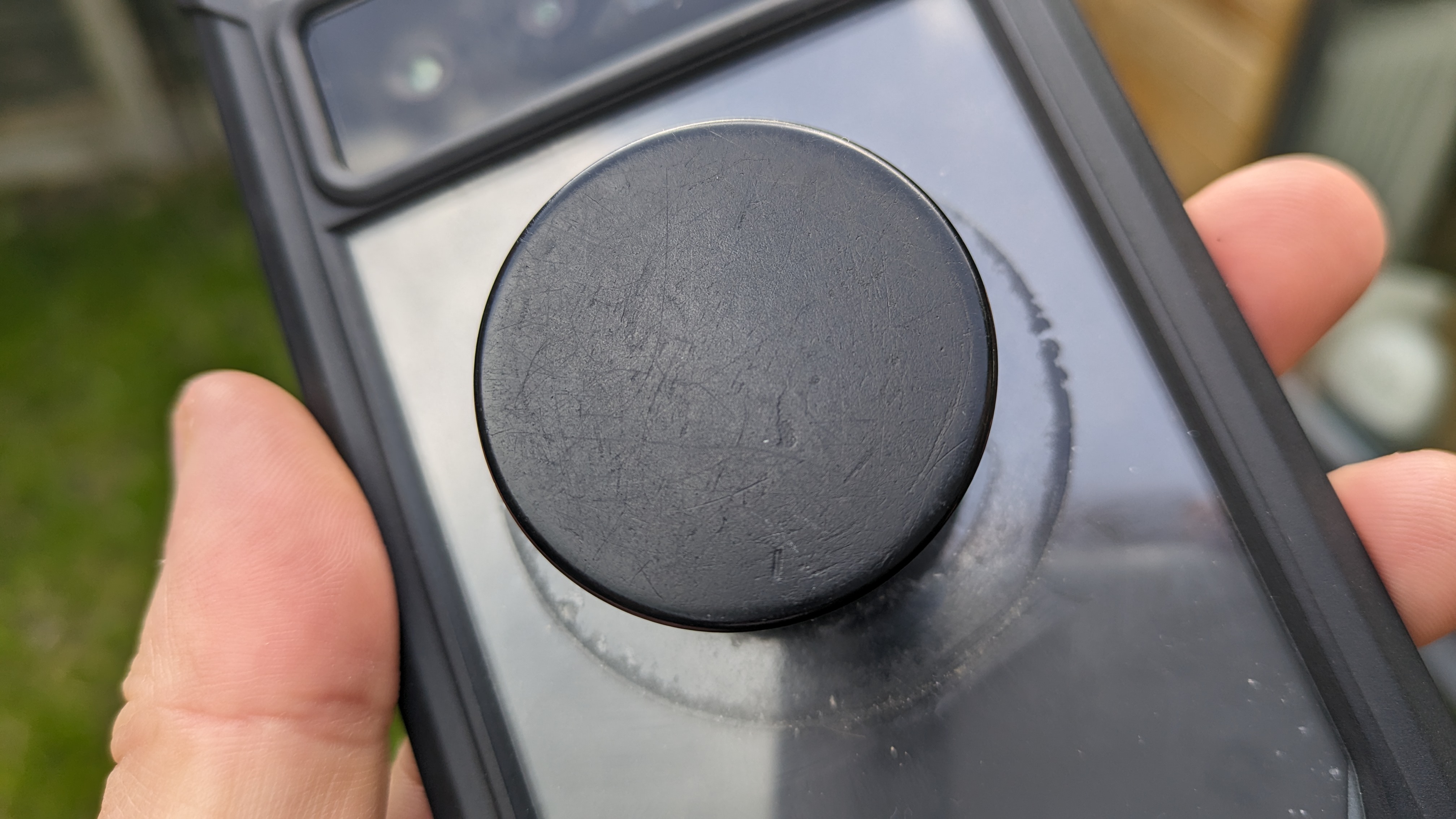
PopSockets also face a bunch of wear and torture that the rest of your phone doesn’t endure — hopefully because it’s being kept safe in a case. But being out and exposed means I wouldn’t trust one of the fancier, more expensive PopSockets on the back of my phone. Especially seeing all the scratches, scrapes and dents that have scarred my current grip.
Thankfully it’s only a plain black option, but it puts me off spending any considerable money on a new model — much as I might like an aluminum grip shaped like the Death Star.
Bottom line
PopSockets aren’t for everyone. That’s probably why two of the “People also Ask” questions on Google are “What is the point of PopSocket” and “ Are PopSockets still a thing.” No matter whether you love, hate or feel straight up indifferent to them, they’ve become an invaluable part of my daily life.
I simply wouldn’t be able to use my phone the same way without a PopSocket stuck on the back. Certainly not one with such a big screen as my Pixel 6 Pro, and given how the average size of the best small phones is getting larger and larger, that would seriously limit my options. Thankfully I have a little bit of plastic, rubber and adhesive to save the day.
More from Tom's Guide

Tom is the Tom's Guide's UK Phones Editor, tackling the latest smartphone news and vocally expressing his opinions about upcoming features or changes. It's long way from his days as editor of Gizmodo UK, when pretty much everything was on the table. He’s usually found trying to squeeze another giant Lego set onto the shelf, draining very large cups of coffee, or complaining about how terrible his Smart TV is.
